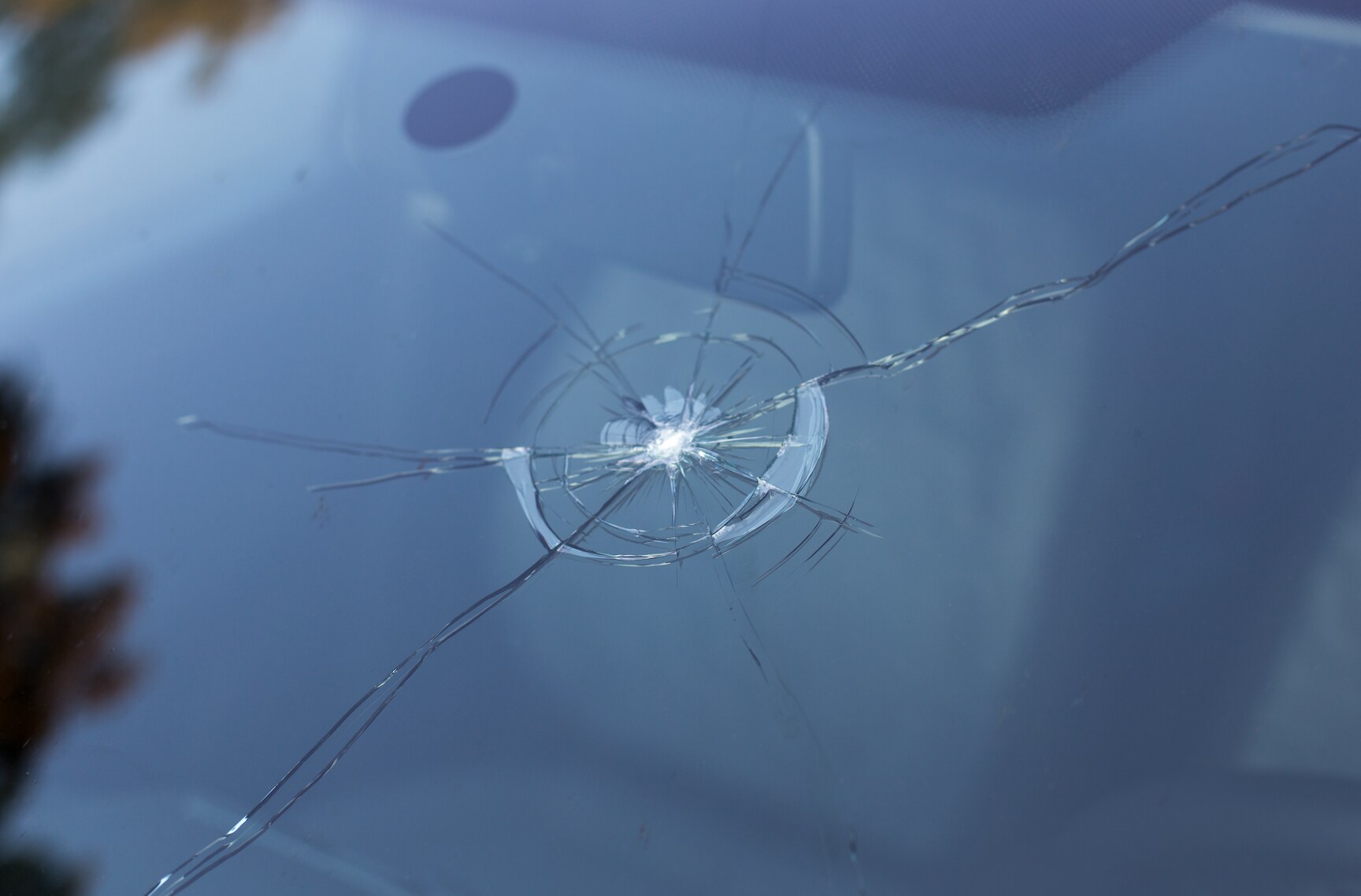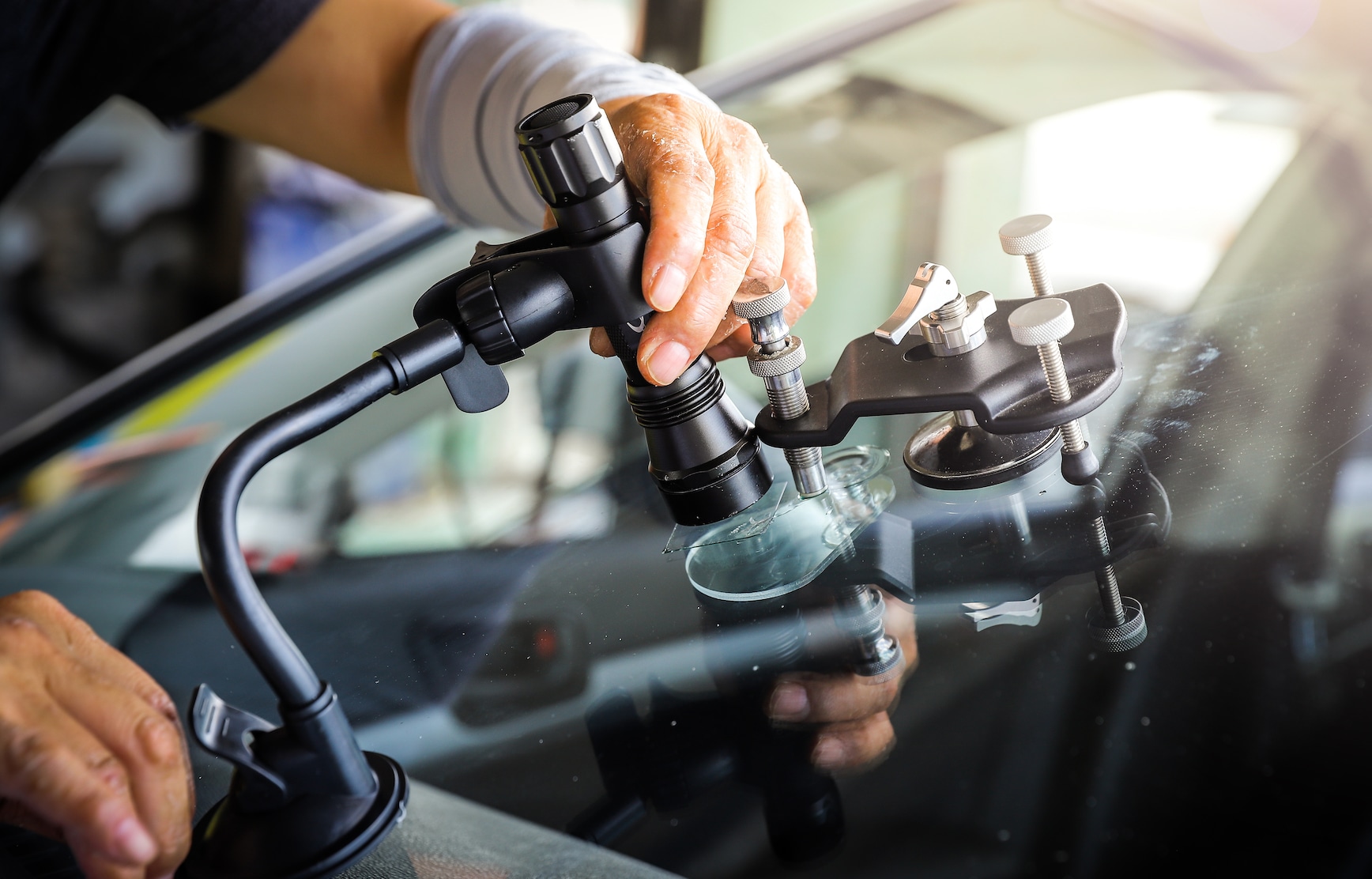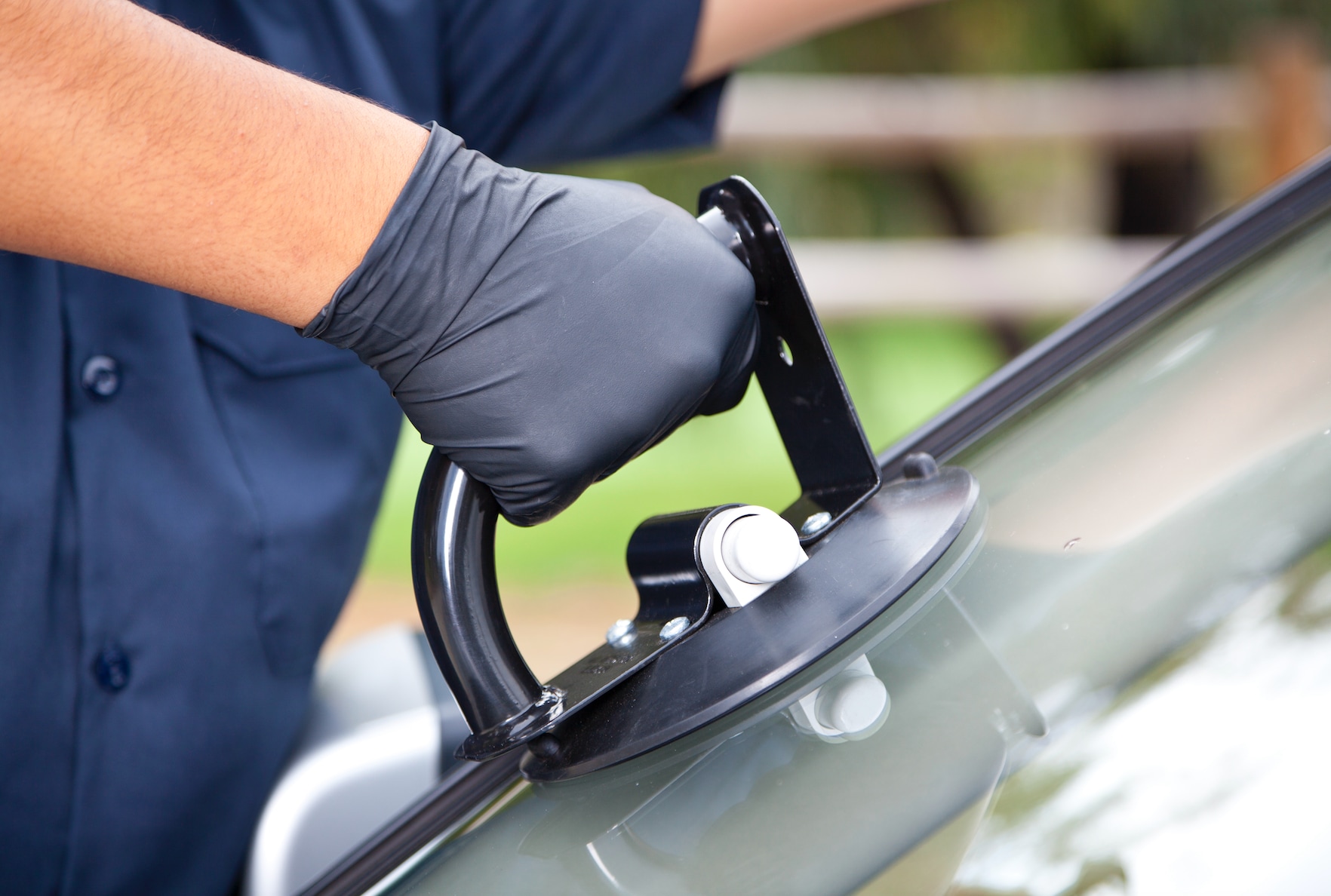It has happened to all of us at some time or other. You are driving down the highway and a rock or pebble is picked up and launched at your car windshield like a missile. CRACK! That's not a good sound. If you don't see a crack appear right away, you make a mental note to check the entire windshield for any small pit or crater that was caused by the offending road debris. Believe it or not, repairing or replacing a windshield is one of the most common maintenance issues you can have with your car. According to the Insurance Journal, over 14 million windshields get replaced in America each year and these repairs account for 30 percent of all auto insurance claims.
How to Repair Windshield Cracks
The Common Cracks
The majority of windshield defects start as a small debris hit but can produce larger cracks across the windshield. You can often live with a few tiny pits caused by pebbles, but anything more noticeable can cause cracks that lead to replacing the entire windshield. Most common cracks might be caused by pebbles or rocks near a road construction site, nuts and bolts that have fallen out of other vehicles, or even something bigger, like a bird hitting your windshield. It happens.
The good news is that modern car windshield technology has evolved to the point that windshields don't shatter, even in a serious auto accident, they are made to hold together, reducing injuries due to impact. Let's take a look at how windshields are made, the varieties of windshield cracks, and how to repair them.


How Windshields are Made
Glass windshields first appeared on automobiles in 1905 and were just made of glass until safety glass was mandated in 1937. Safety glass was made to not shatter but break up into small pieces upon impact. It was replaced by windshields made of more sophisticated laminated glass in the 1970s which can bend slightly under impact and is less likely to shatter than safety glass, further reducing injury to car occupants.
Types of Cracks
No matter what type of projectile hits your windshield, the resulting cracks are known as chips, pits, stars, or bullseyes. Once a crack has been made in a windshield, it can get worse through stress on the glass as well as exposure to extreme heat or cold. Come cracks spread out from the impact spot and some stress cracks start at the edge of the glass and work towards the middle of the windshield.
Chips and pits are when a rock gouges out a small chunk of the outer glass upon impact. When the pit is larger, it is known as a bullseye. These types of impacts look more like a crater and concentric rings spread out from the center. Tiny cracks can also form from the impact sight and make the crack look more like a star pattern. All of these cracks weaken the integrity of the windshield to some degree. A tiny chip could be so small that it will not continue to grow and further damage the glass. However, many pits will cause the outer glass to continue to degrade over time. If a crack continues to grow, it is time to replace the windshield.
How to Fix a Cracked Windshield
- Minor cracks in a windshield can sometimes be repaired by filling the crack. Fillers are clear resins or glues that can fill small pits or craters. Windshield replacement companies can sometimes repair small dings in the glass. A technician comes out to your home or office and fills the damaged area. When the damage is too severe, the technician will suggest that you have the entire windshield replaced. According to the American Automobile Association (AAA), the cost to repair a small crack is usually under $200 but replacing the entire windshield could cost over $1,000 due to the recalibration required for today's driver assist features. While replacing the windshield may be covered under your auto insurance, filing a claim to replace your windshield could affect your insurance premiums.
- If the ding is very small, you can even try to repair it yourself. Keep in mind that glues and resins that are available at hardware or auto parts stores can be used but these sorts of fixes are temporary. Begin by cleaning the windshield with an auto window cleaner and microfiber towel. Make sure that you don't get any water or cleaner directly on the chip or crack. Compressed air will further clean the area.
- Pick out any loose glass. Technicians often use a tiny drill bit to clean out the pit and prepare it for the glue or resin to adhere properly. Never drill into the layer of plastic in the windshield. Also know that drilling in the windshield can cause it to crack even more. Technicians use suction cups over the pit to pull any material out before using the resin. A resin injector is secured above the chipped area and the clear resin is dropped in to fill the crack.
- Air is drawn out of the crack through the use of a suction device to create a vacuum. Then the resin is allowed to "cure" in the sun or under a UV light. Once the resin has cured, a filler resin is often used to further build up the chipped area. The area is then sealed with a piece of plastic. Keep the area dry and once the top layer is set, carefully remove the plastic, and use a razor blade to scrape off any excess resin. The area can then be polished. Note that it takes three to six hours for the resin to dry properly. Never use tape on a cracked windshield.
Need a New Windshield?
Windshields don't really have a lifespan; they can last for over 50 years unless damaged. At highway speeds, small rocks or pebbles can be kicked up by another vehicle and easily crack a windshield. Small pits in the glass almost never result in a major crack, but when they do, it's time to replace the entire windshield. That means you will need to have it replaced by professionals because they will make sure the proper windshield is fitted to your car, make sure it is properly sealed, and that all the latest technology has been reset for your driver assist and safety features.
In recent years, new cars have a number of cameras, radar, and sensors that handle everything from rain sensors to driver assist features including adaptive cruise control, lane-keep assist, automated emergency braking and more that must be recalibrated after installing a new windshield. A professional windshield installer will make sure all your vehicle's latest tech is up and running after replacing your windshield.


Are you Covered for a New Windshield?
If you are in doubt whether or not your auto insurance will cover the cost of a new windshield, give your insurance agent a call. Some states require glass replacement, and some insurance companies have a deductible for windshield replacement. Check with your insurance company so you know where you stand. Also, there is such a thing as aftermarket auto glass insurance policies as part of a "protection package" because your windshield is not covered under your standard vehicle warranty.
Most popular auto windshield replacement companies such as Safelite Auto Glass, Glass Doctor, Glass America, and AAA will send a trained technician right to your vehicle, replace the windshield within an hour, and make sure all your technology has been recalibrated to be safe on the road ahead.
Let Lithia Help
With over 75 years of experience in personal transportation, your local Lithia Motors dealer has your back when you need a new windshield. Enroll in the Lithia Windshield Protection Package* which helps to prevent damage from occurring to your windshield by installing a protective coating on the glass. This helps to strengthen the windshield so that propelled road debris does not cause damage. In the event damage does occur, there's no need to incur the expense of filing a claim with your insurance company. Simply file a claim under the Lithia product warranty agreement and the windshield will be repaired or replaced at no cost to you.
*Select Lithia Dealerships offer Windshield Protection Packages, please call your store for availability.


